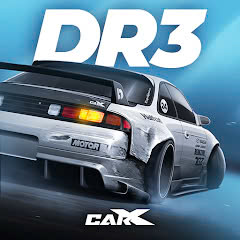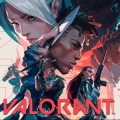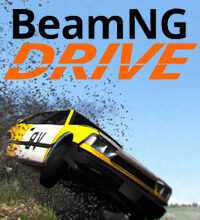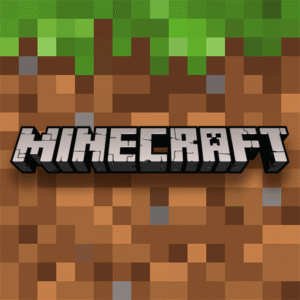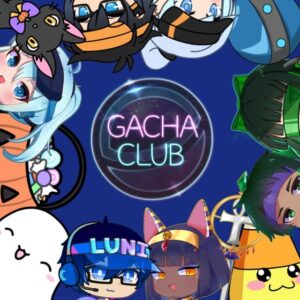A Trip to Gnarvana: A Review of OlliOlli World
Popular Now
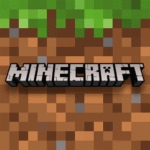 Minecraft
Minecraft
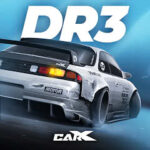 Auto X Drift Racing 3
Auto X Drift Racing 3
 Fortnite
Fortnite
 Toca Boca World
Toca Boca World
 Black Myth: Wukong
Black Myth: Wukong
 Stumble Guys
Stumble Guys
 God of War Ragnarök
God of War Ragnarök
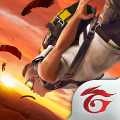 Garena Free Fire: Kalahari
Garena Free Fire: Kalahari
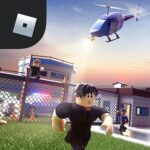 Roblox
Roblox
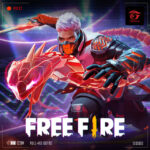 Free Fire
Free Fire
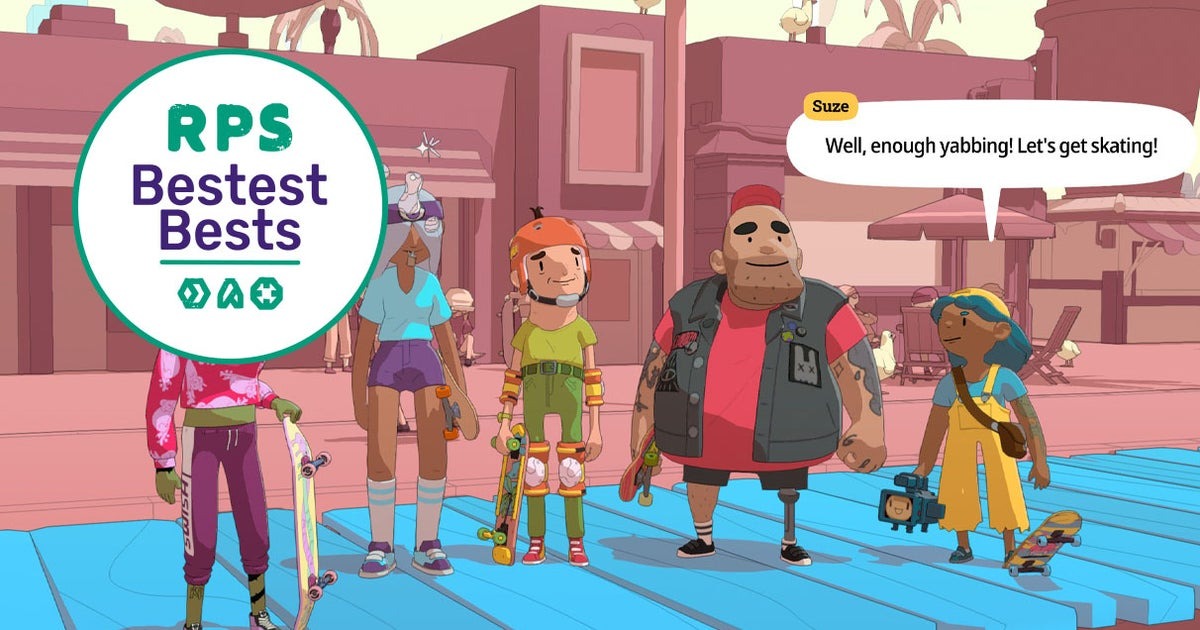
The world of skateboarding video games has long been a domain of either hyper-realistic simulations or arcade-style high-score fests. Then came OlliOlli World, a title that manages to marry the best of both worlds while carving out a uniquely vibrant identity of its own. Developed by Roll7 and published by Private Division, this is the third installment in the critically acclaimed OlliOlli series, but it’s the one that takes the franchise to cosmic new heights. The game sheds the pixel art aesthetic of its predecessors for a bold, cartoonish 2.5D world, creating an experience that is as visually delightful as it is mechanically demanding. Since its release in February 2022, the game has been widely celebrated for its accessible-yet-deep gameplay, a chill soundtrack, and a style that is bursting with personality, proving that a single-player, side-scrolling experience can be a true masterpiece.
The game’s story, while lighthearted and easily skippable, is a charming backdrop for the action. You are a new skater in the whimsical land of Radlandia, a lush, skate-haven watched over by five mystical “Skate Godz.” Your quest is to prove your worth and become the next champion to commune with these deities in Gnarvana. The narrative serves as a perfect vehicle for the game’s core loop, introducing you to a cast of eccentric characters who guide you through different biomes, each with its own unique hazards and aesthetics. This narrative framework, while not groundbreaking, is a welcome addition that gives the player a purpose beyond just chasing a high score, creating a more cohesive and immersive world to explore.
 The Pursuit of the Perfect Run: Gameplay and Mechanics
The Pursuit of the Perfect Run: Gameplay and Mechanics
At its core, OlliOlli World is an endlessly rewarding puzzle of timing and precision. Your goal is to chain together tricks, grinds, and manuals to create a single, unbroken combo that spans the length of an entire level. The controls, which rely heavily on flicking the left analog stick, are intuitive at first but reveal an immense amount of depth. A simple flick and a well-timed button press can create a basic kickflip, but as you progress, you’ll be chaining together wall rides, grab tweaks, and manuals with a fluid, balletic grace. The game’s genius lies in its manual system, which allows you to extend combos between grinds and tricks, turning every level into a potential playground for score-chasing. While the game is more forgiving than its predecessors—a mistimed landing no longer ends your combo entirely—the pursuit of a “perfect” landing and a flawless run is what will truly give you that satisfying, hard-earned feeling of accomplishment.
The level design is a true highlight, as each stage is a meticulously crafted rollercoaster of obstacles and opportunities. Levels are no longer just left-to-right affairs; they weave and turn, with multiple branching “Gnarly Routes” that offer harder, more rewarding paths for skilled players. This encourages replayability and a deep knowledge of each level’s layout. The optional challenges, which range from collecting specific items to performing certain trick combos, provide a constant incentive to go back and revisit earlier stages. The game expertly introduces new mechanics, like quarter pipes and wall-riding, at a gradual pace, ensuring that the learning curve, while steep in later levels, is never overwhelming. It’s a game that is easy to pick up and play for a few minutes but has enough depth to keep you coming back for dozens of hours in pursuit of mastery.
 A Vibe and a Vision: Art and Sound
A Vibe and a Vision: Art and Sound
The biggest departure for the series is its new art style, which has been almost universally praised. The hand-drawn, cartoonish aesthetic gives the game a fresh, vibrant, and inviting look. The characters and environments are full of personality and charm, a stark contrast to the more utilitarian look of the previous games. The world of Radlandia, with its giant trees, quirky characters, and vibrant color palettes, feels like a mix between “Adventure Time” and a classic skateboarding magazine. This shift in art direction has also allowed for more elaborate and dynamic level designs, with backgrounds that are a joy to behold. The soundtrack, a curated collection of lo-fi hip-hop and electronica, perfectly complements the game’s chill vibe. The music is a key part of the “flow state” experience, creating a calming, rhythmic backdrop that helps you get into the zone and focus on hitting that perfect combo. This cohesive audio-visual package is what elevates the game beyond a simple puzzle and into a full-blown artistic experience.
In conclusion, OlliOlli World is a masterpiece of game design and a clear-cut evolution for the series. It takes the addictive, high-skill gameplay of its predecessors and wraps it in a beautiful, accessible, and stylish new package. While the game’s narrative may not be its strongest point, the sheer joy of its gameplay, the satisfaction of landing a perfect combo, and the immense replayability of its levels make it an essential play for anyone who loves a good challenge. It’s a game that will give you blisters on your thumbs but leave a smile on your face. OlliOlli World isn’t just a great skateboarding game; it’s a genre-defining experience that proves a laser-focus on core mechanics and a strong artistic vision can lead to a truly special title. It’s a delight from start to finish and a shining example of how to evolve a beloved franchise.

